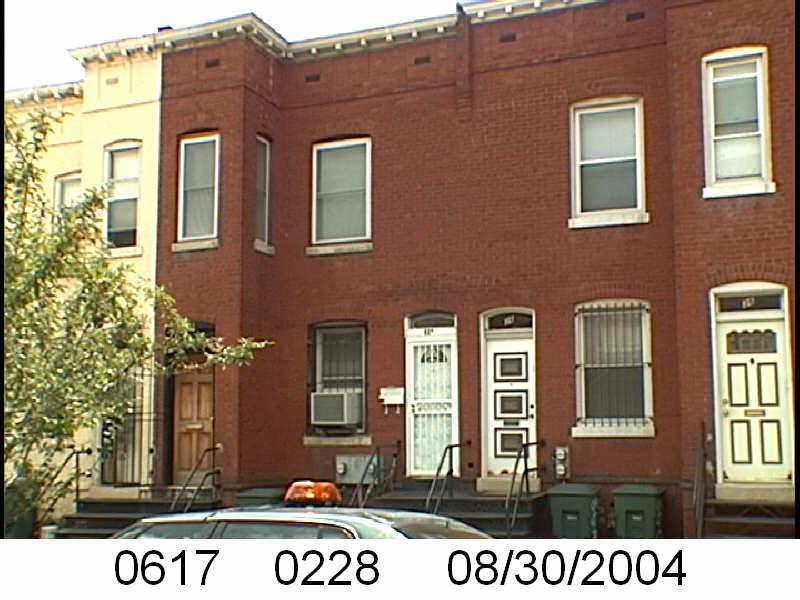The Washington Sanitary Improvement Company (WSIC) was a late 19th century charitable capitalism experiment that ended in the 1950s. This blog started looking at the homes that were supposed to be sold to African American home buyers, after decades of mainly renting to white tenants.
Looking at WSIC properties they tend to have a pattern where the properties were sold to a three business partners, Nathaniel J. Taube, Nathan Levin and James B. Evans as the Colonial Investment Co. for $3 million dollars. Those partners sold to African American buyers. There was usually a foreclosure. Then the property wound up in the hands of George Basiliko and or the DC Redevelopment Land Agency (RLA). Then there were the odd lucky ones who managed to avoid that fate.
I’ve previously touched on this before, but let’s see what happens with 42 O St NW:
- February 1951 Evans, Levin and Taube sold one-half of 42 O St NW to Mildred H. Stitt, William E. and wife, Eva M. Hall.
- Feb 1951 Stitt and the Halls borrowed $3,125 from Colonial Investment Co. favorite trustees Abraham H. Levin and Robert G. Weightman.
- February 1951 Evans, Levin, and Taube sold the other half of 42 O St NW to Lewis Jordan.
- Feb 1951 Jordan borrowed $3,125 from trustees Abraham H. Levin and Robert G. Weightman.
- April 1951 Jordan sold/transferred his half to Maurice Tilghman.
- September 1959 Jordan, and by extension Tilghman, lost their half to foreclosure. Via an auction Colonial Investment partners Evans, Taube and new partner Harry A. Badt regained possession of that half of 42 O St NW.
- September 1959, as part of a property package, Harry A. and wife Jennie Badt, sold/transferred some of their ownership of 42 O St NW to the survivors of Nathan Levin.
- June 1959 (recorded 2/29/1960) Badt, Evans, Taube, the Nathan Levin survivors and their spouses, sold 42 O St NW to Sophia and George Basiliko.
- April 1960 Stitt and the Halls lost their half of the property to foreclosure and Badt, Evans and Taube got it back via an auction.
- April 1960 as part of a property package, Harry A. and wife Jennie Badt, sold/transferred their ownership of 42 O St NW to the survivors of Nathan Levin.
- August 1960 Evans, Taube, Levin’s survivors and their spouses sold the remaining half to George Basiliko.
- July 1971 it appears Sophia and George Basiliko sold the property to the Housing System Development and Construction Corp.
- April 1978 George Basiliko Inc sold 42 O Street NW to the O Street Properties Partnership.
I’ll end it there. So there are foreclosures and it was sold to George Basiliko. The sad thing was the 1960 foreclosure, so close but no cigar.





 From the picture above of 127 Bates from 2004, the lot number is 0821.
From the picture above of 127 Bates from 2004, the lot number is 0821.




